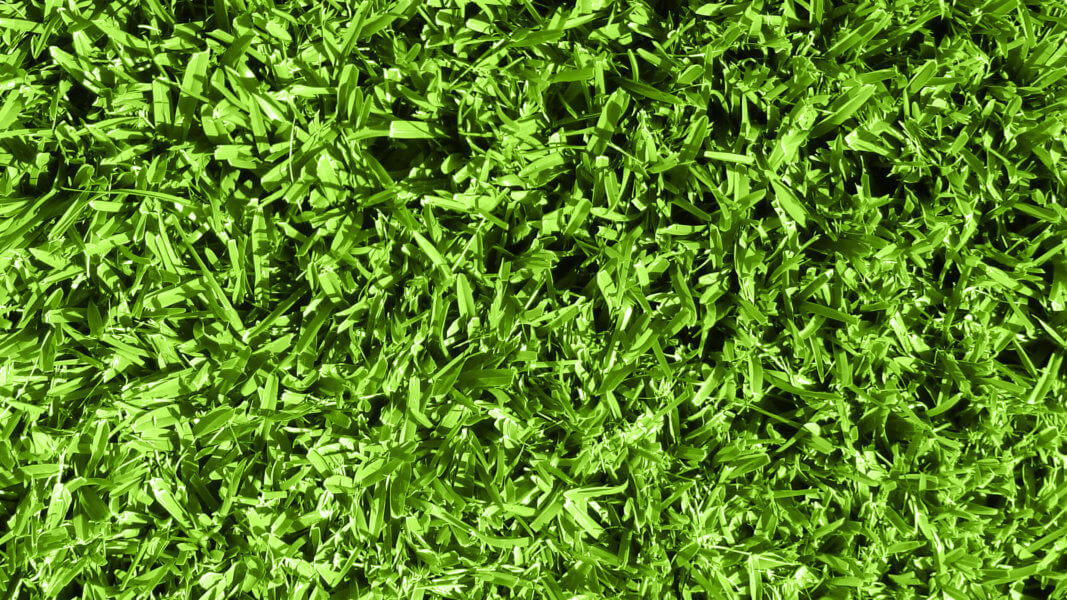
Everything You Need to Know About Seville St. Augustine Grass
Seville St. Augustine grass is a variation of St. Augustine well-suited to growing in Florida and is popular among local homeowners. Its unique appearance helps it stand out from neighboring lawns. Let’s take a closer look at Seville grass to help you determine whether it is a suitable choice for your needs.
The Look
Seville St. Augustine grass is densely packed with fine blades. This gives it a carpet-like look and feel that is plush and luxurious under bare feet. It features a light green color; this is one of the many reasons it is so popular for residential lawns. This variety maintains its color well, even during cooler months in the northern parts of Florida, though it can begin to brown a bit in extreme cold. In the south, it continues to grow throughout the year, rarely going into its dormant cold-weather state.
Hardiness and Durability
Seville St. Augustine grass thrives in high temperatures, so it can easily weather the extreme heat that is common in Florida during the summer. It has a wide tolerance for soil pH, so it is easy to grow without needing to alter your soil composition too much. It is the most shade-tolerant of all St. Augustine varieties, requiring only about 3 to 4 hours of sunshine each day, though it does just as well in full sun as long as it has proper irrigation.
For coastal areas, Seville St. Augustine grass is an excellent choice, thanks to its decent salt tolerance. Even if your lawn gets sea spray, it should hold up. Unfortunately, this style of grass doesn’t tolerate drought as well, so you’ll need to ensure it gets plenty of water to keep it looking its best.
Even though it is quick-growing, Seville St. Augustine grass does not withstand wear and tear like other St. Augustine types. For this reason, it is not recommended for use in sports fields, parks or other high-traffic areas. For lightly used residential lawns without pets, though, it can be a great choice.
Because of its dense growth pattern, Seville St. Augustine grass is highly weed-resistant, effectively choking them off before they can grow in. However, it is prone to chinch bug infestations, which are common here in Florida. With vigilant care and prevention, though, you should be able to keep them at bay with relative ease.
Care and Maintenance
Seville St. Augustine grass is quick and easy to establish, growing well from sod or plugs. Because it tends to have a shallow root structure, it doesn’t take long to settle in when applied to your yard. This grass variety prefers a shorter cut than other St. Augustine types. Keep your Seville St. Augustine grass around 2 inches in height for the best results. Although this may require more frequent mowing, it also means that you can leave it for a few weeks if you go out of town without it beginning to look unruly.
Like other St. Augustine styles, Seville St. Augustine grass can accumulate thatch if you are not careful. In many cases, this is the result of over-watering or over-fertilizing, so take care to find a balance between too much and too little. If thatch does begin to get out of hand, rake it out so your grass can breathe better.
Finally, Seville St. Augustine grass likes a bit more water than other types, typically requiring about 2 inches a week, as opposed to the 1 inch that is common with many other types of grass. However, we do get fairly frequent rain in Florida, so be sure to factor that into your watering schedule to avoid over-watering.
Make the Switch to Seville St. Augustine Grass with Fresh Sod
At Duda Sod, we have a wide range of type for sale in Florida, including Seville and other St. Augustine varieties.
Our experts will help you determine which type of grass will be best suited for your property. You can count on us for personalized recommendations. Contact us today to get started.